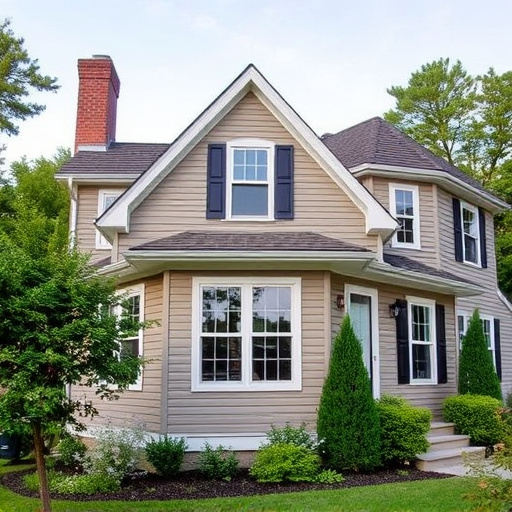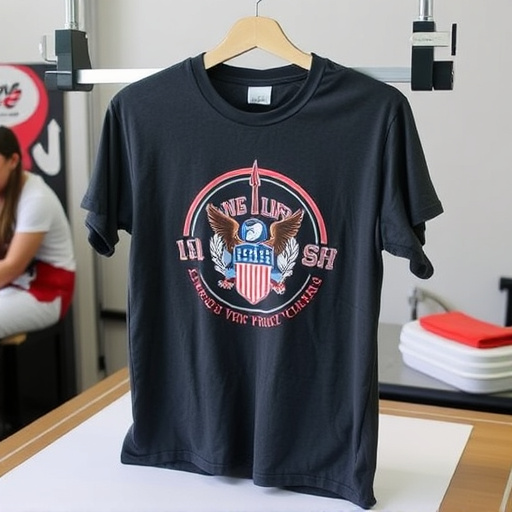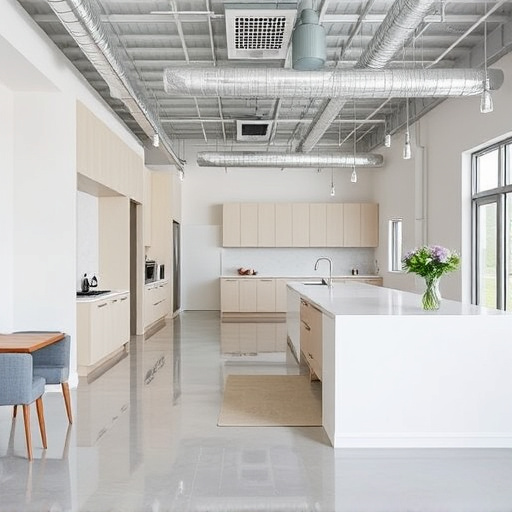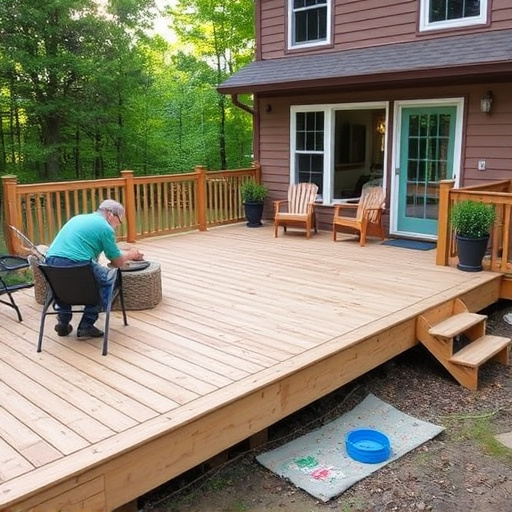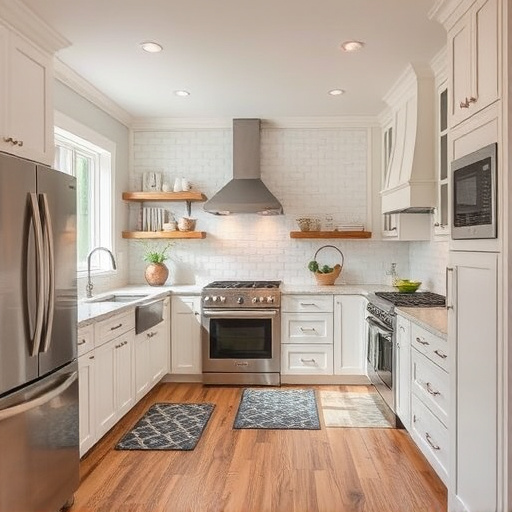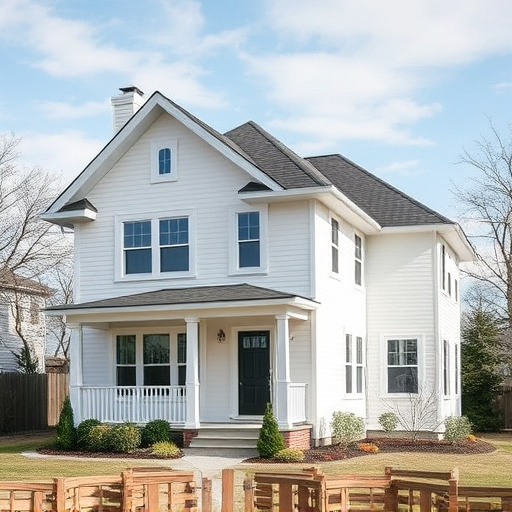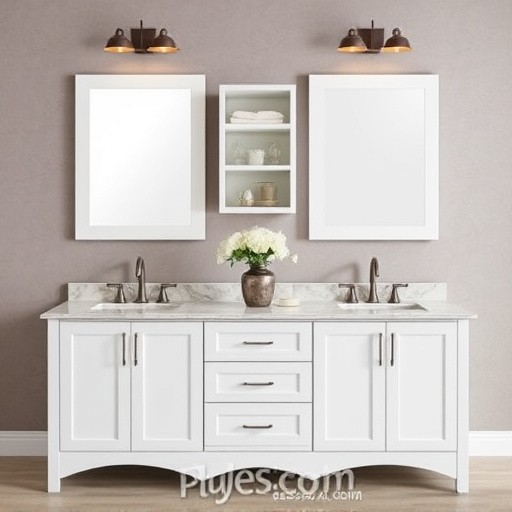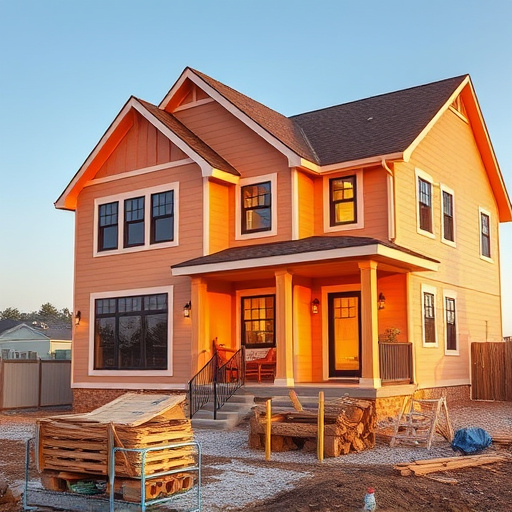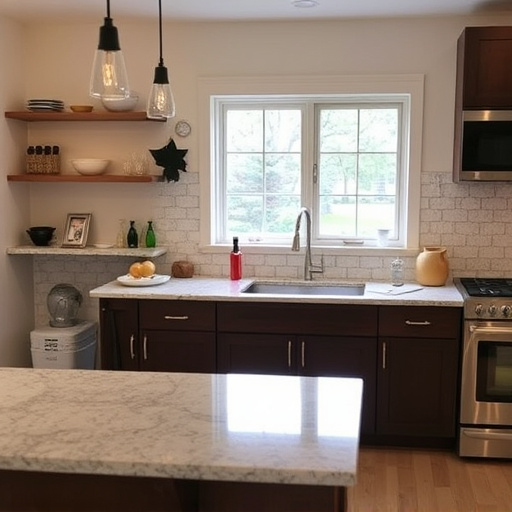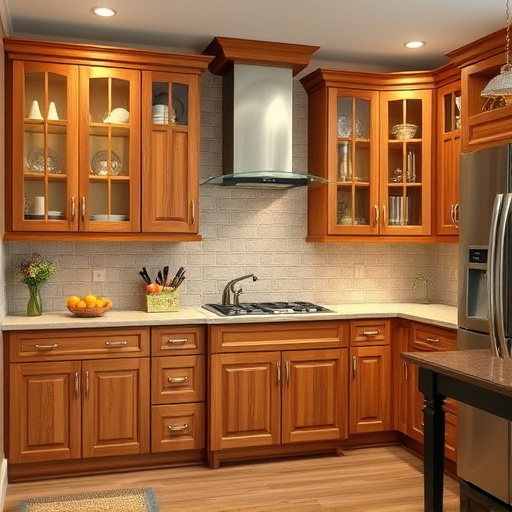Mood boards are visual tools crucial for home design, curating images, textures, and colors to inspire and guide designers' processes. They facilitate planning, explore themes, and make informed decisions on materials, layouts, and palettes. Effective for any space, mood boards bring designer visions to life, leveraging sources like fashion, nature, and architecture. These tools are essential in aligning client preferences with design goals, streamlining communication, and ensuring successful home remodeling projects.
Discover the power of mood boards in interior design! This essential tool helps designers visualize and plan spaces that captivate. In this article, we explore how professionals in home design utilize mood boards to gather visual inspiration, establish themes, and translate creative ideas into actionable plans. Learn about the step-by-step process and unlock the secrets behind creating stunning interiors that reflect your style.
- Understanding Mood Boards in Home Design
- Gathering Visual Inspiration and Themes
- Translating Ideas into Actionable Plans
Understanding Mood Boards in Home Design

Mood boards are a powerful tool in home design, acting as a visual map for interior designers to plan and create harmonious spaces. They serve as a collection of images, textures, and colors that inspire and guide the design process, ensuring every element ties together beautifully. By curating these boards, designers can communicate their vision effectively, from the overall aesthetic to specific details like kitchen and bath fixtures or bathroom renovations.
In the realm of home design, mood boards help in translating abstract ideas into tangible concepts. They allow designers to explore various themes, styles, and trends, enabling them to make informed decisions about materials, furniture layouts, and color palettes. Whether focusing on a modern minimalist look, a cozy rustic vibe, or an elegant traditional style, mood boards facilitate the creation of a cohesive design strategy for any space, including kitchen renovations or bathroom transformations.
Gathering Visual Inspiration and Themes

When planning a project, interior designers often begin by gathering visual inspiration and identifying themes that resonate with their clients’ tastes and desired aesthetics. Mood boards serve as a powerful tool in this initial phase of home design. These collages or digital collections curate images, textures, colors, patterns, and even textural samples to create a cohesive visual representation of the project’s direction.
Designers may seek inspiration from various sources such as fashion magazines, online platforms, nature, architectural feats, or even client preferences for specific styles like minimalism, Scandinavian, or boho chic. By curating these visuals, designers can establish a clear understanding of the desired ambiance and atmosphere for spaces, which is crucial for subsequent decisions regarding home remodeling, floor replacements, or home additions to bring the vision to life.
Translating Ideas into Actionable Plans

Interior designers often start with a vision, an idea that sparks their creativity and sets the tone for a project. However, turning this abstract concept into a tangible plan is where mood boards come into play. These visual tools are more than just inspirational collages; they serve as a bridge between imagination and execution in home design. By collecting and arranging elements like color swatches, fabric samples, furniture sketches, and even architectural drawings, designers can begin to translate their ideas into actionable plans for both home additions and home remodeling.
Mood boards allow professionals to explore different design directions, ensuring that every decision made aligns with the client’s preferences and goals. It is a process of discovery where designers can identify patterns, shapes, and styles that resonate with the project’s overall aesthetic. This methodical approach not only streamlines the design process but also facilitates effective communication between the designer, client, and home improvement services team, ensuring a successful transformation from initial concept to completed home remodeling project.
Mood boards have become an indispensable tool for interior designers, streamlining their planning process in the realm of home design. By gathering visual inspiration and themes, designers can translate abstract ideas into tangible, actionable plans. This method enhances creativity, ensures client visions are realized, and ultimately revolutionizes how we approach and experience space.
